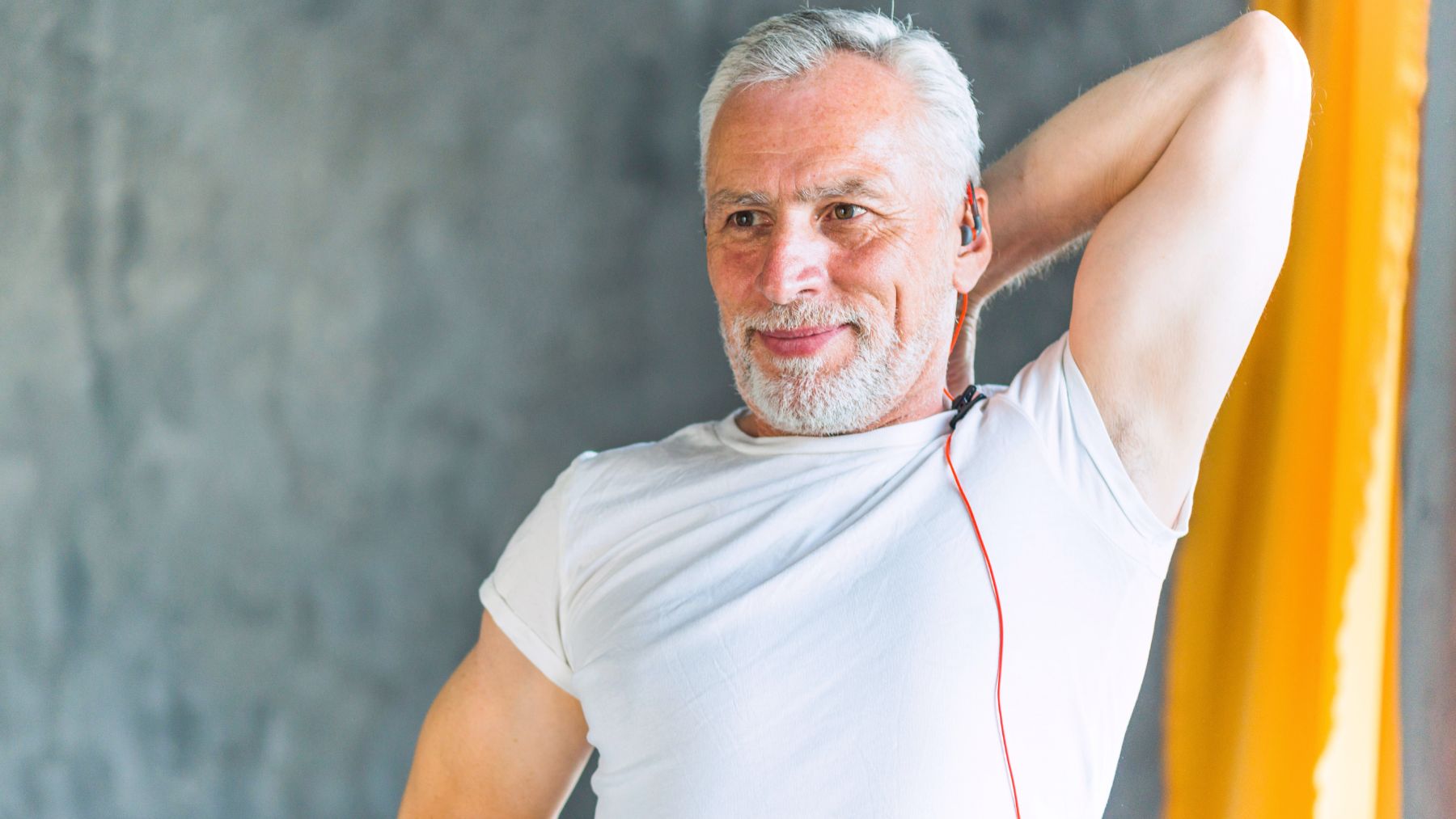Most people hit the gym thinking about abs, arms, or chest, but according to Marfred Suazo, a New York City trainer, that approach leaves out the muscle groups that actually keep you strong, upright, and moving well as you age. For seniors, the muscles you don’t see in the mirror are the ones that matter most.
Suazo has trained thousands of older adults and says building strength in the right areas makes the difference between living with pain and living with confidence. Here, we’ll look at the five key muscle zones he recommends focusing on, plus a few tips to make strength training safer and more effective after 60.
The most important muscles for seniors to strengthen
The first zone is the glutes and hamstrings, which he calls the foundation for everyday strength. These muscles protect your lower back and give you the power to sit, stand, and climb stairs. Training them with controlled movements like hip thrusts or deadlifts helps you stay steady on your feet.
The next area is the upper and mid-back. Strong back muscles pull the shoulders into alignment, preventing the hunched look that often comes with age. They also expand the chest so breathing feels easier. Rowing exercises—whether with cables, weights, or bodyweight—can strengthen this region and improve posture.
Core and obliques come next. Suazo points out that the deeper core muscles are what stabilize the spine and protect against injury. Training them with moves that resist twisting or collapsing, like the Paloff press, teaches the body to brace for real-life activities.
Healthy shoulders also make Suazo’s list, which are used in nearly every movement. He recommends gentle but effective moves such as face pulls, band rotations, or overhead presses with light weight to protect the rotator cuff and maintain mobility.
Finally, he stresses the importance of grip strength. A strong grip allows older adults to carry groceries, open jars, and stay independent. Farmer’s carries and bar hangs are two simple ways to build the forearms and hands. Together, these five muscle groups form what Suazo calls “non-mirror training”, the type of strength work that builds a body that lasts.
Other strength training tips for seniors
While targeting the right muscles is important, Suazo also emphasizes safety and consistency. Here are some practical ways older adults can make training more effective:
- Prioritize form over weight: Proper technique protects joints and prevents injuries. Move slowly and with control before adding heavier loads.
- Warm up first: Light cardio or mobility drills prepare the body and improve circulation.
- Progress gradually: Increase resistance or reps slowly. Jumping too fast into heavy loads raises the risk of setbacks.
- Balance training with mobility: Pair strength work with stretching, walking, or low-impact activities to keep the body flexible.
- Listen to your body: Small aches are feedback, not something to ignore. Rest and recovery are part of the process.
Building strength after 60 doesn’t mean avoiding the basics like push-ups or curls, but equal attention should go to the muscles you can’t see in the mirror. Training the glutes, back, core, shoulders, and grip not only helps you look better but ensures you can keep moving with confidence for decades.

